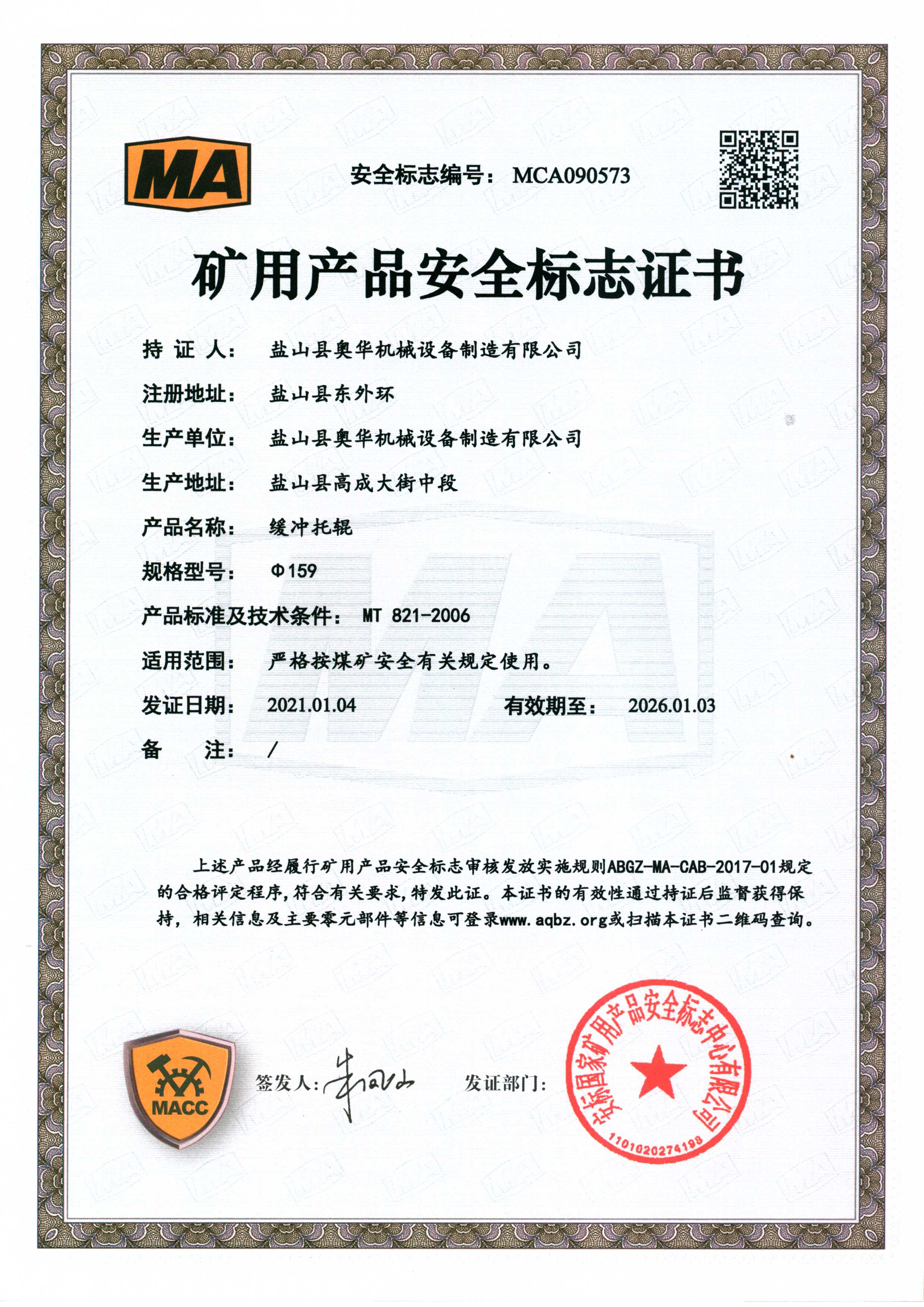 Afrikaans
Afrikaans  Albanian
Albanian  Amharic
Amharic  Arabic
Arabic  Armenian
Armenian  Azerbaijani
Azerbaijani  Basque
Basque  Belarusian
Belarusian  Bengali
Bengali  Bosnian
Bosnian  Bulgarian
Bulgarian  Catalan
Catalan  Cebuano
Cebuano  Corsican
Corsican  Croatian
Croatian  Czech
Czech  Danish
Danish  Dutch
Dutch  English
English  Esperanto
Esperanto  Estonian
Estonian  Finnish
Finnish  French
French  Frisian
Frisian  Galician
Galician  Georgian
Georgian  German
German  Greek
Greek  Gujarati
Gujarati  Haitian Creole
Haitian Creole  hausa
hausa  hawaiian
hawaiian  Hebrew
Hebrew  Hindi
Hindi  Miao
Miao  Hungarian
Hungarian  Icelandic
Icelandic  igbo
igbo  Indonesian
Indonesian  irish
irish  Italian
Italian  Japanese
Japanese  Javanese
Javanese  Kannada
Kannada  kazakh
kazakh  Khmer
Khmer  Rwandese
Rwandese  Korean
Korean  Kurdish
Kurdish  Kyrgyz
Kyrgyz  Lao
Lao  Latin
Latin  Latvian
Latvian  Lithuanian
Lithuanian  Luxembourgish
Luxembourgish  Macedonian
Macedonian  Malgashi
Malgashi  Malay
Malay  Malayalam
Malayalam  Maltese
Maltese  Maori
Maori  Marathi
Marathi  Mongolian
Mongolian  Myanmar
Myanmar  Nepali
Nepali  Norwegian
Norwegian  Norwegian
Norwegian  Occitan
Occitan  Pashto
Pashto  Persian
Persian  Polish
Polish  Portuguese
Portuguese  Punjabi
Punjabi  Romanian
Romanian  Russian
Russian  Samoan
Samoan  Scottish Gaelic
Scottish Gaelic  Serbian
Serbian  Sesotho
Sesotho  Shona
Shona  Sindhi
Sindhi  Sinhala
Sinhala  Slovak
Slovak  Slovenian
Slovenian  Somali
Somali  Spanish
Spanish  Sundanese
Sundanese  Swahili
Swahili  Swedish
Swedish  Tagalog
Tagalog  Tajik
Tajik  Tamil
Tamil  Tatar
Tatar  Telugu
Telugu  Thai
Thai  Turkish
Turkish  Turkmen
Turkmen  Ukrainian
Ukrainian  Urdu
Urdu  Uighur
Uighur  Uzbek
Uzbek  Vietnamese
Vietnamese  Welsh
Welsh  Bantu
Bantu  Yiddish
Yiddish  Yoruba
Yoruba  Zulu
Zulu Understanding the Functionality and Applications of Conveyor Belts and Pulleys in Various Industries
The Role of Conveyor Belts and Pulleys in Modern Industry
In the realm of modern manufacturing and transportation, few mechanisms are as vital as conveyor belts and pulleys. These components work in concert to facilitate the movement of goods and materials, significantly enhancing efficiency and productivity across various industries. Understanding the workings of conveyor belts and pulleys, as well as their applications, provides insight into their importance in contemporary industrial processes.
The Role of Conveyor Belts and Pulleys in Modern Industry
Pulleys play a crucial role in the functionality of conveyor belts. A pulley is essentially a wheel on an axle or shaft that is designed to support movement and change the direction of force. In a conveyor system, pulleys are used to turn the belt. Typically, there are two types of pulleys the drive pulley, which is powered by a motor to initiate movement, and the idler pulley, which helps to guide and support the belt without applying power. The interplay between these pulleys ensures smooth operation and reduces wear on the belt.
conveyor belt and pulley

The advantages of utilizing conveyor belts and pulleys in industry are numerous. One of the most significant benefits is the reduction in manual labor. In traditional settings, transporting goods from one location to another often required substantial human effort. With the implementation of conveyor systems, this labor can be minimized, allowing employees to focus on more critical tasks that require human intervention. Additionally, conveyor belts can operate continuously, providing a steady and efficient flow of materials, which is particularly valuable in mass production scenarios.
Moreover, conveyor systems enhance safety in industrial environments. By automating the transportation of materials, the risk of accidents associated with manual handling—such as strains, drops, and spills—is greatly diminished. Furthermore, modern conveyor systems can be equipped with sensors and controls that monitor the movement of goods, allowing for automation that can decrease the likelihood of human error during operations.
In terms of versatility, conveyor belts and pulleys can be adapted for various applications. For instance, inclined conveyor belts are designed to transport goods up or down slopes, making them ideal for elevation changes in warehouses. Similarly, modular conveyor belts can be configured with different widths and lengths to suit specific operational needs. Industries such as food processing, automotive manufacturing, and mining rely on these systems not only for efficiency but also for customization tailored to their products.
In conclusion, conveyor belts and pulleys are indispensable components in the machinery of modern industry. Their ability to automate the movement of goods has revolutionized multiple sectors by increasing efficiency, reducing labor costs, and enhancing safety. As technology advances, we can expect further innovations in conveyor systems, making them even more integral to manufacturing and logistics in the future. Understanding these systems is crucial for professionals looking to optimize operations and harness the benefits of industrial automation.
-
Revolutionizing Conveyor Reliability with Advanced Rubber Lagging PulleysNewsJul.22,2025
-
Powering Precision and Durability with Expert Manufacturers of Conveyor ComponentsNewsJul.22,2025
-
Optimizing Conveyor Systems with Advanced Conveyor AccessoriesNewsJul.22,2025
-
Maximize Conveyor Efficiency with Quality Conveyor Idler PulleysNewsJul.22,2025
-
Future-Proof Your Conveyor System with High-Performance Polyurethane RollerNewsJul.22,2025
-
Driving Efficiency Forward with Quality Idlers and RollersNewsJul.22,2025





























